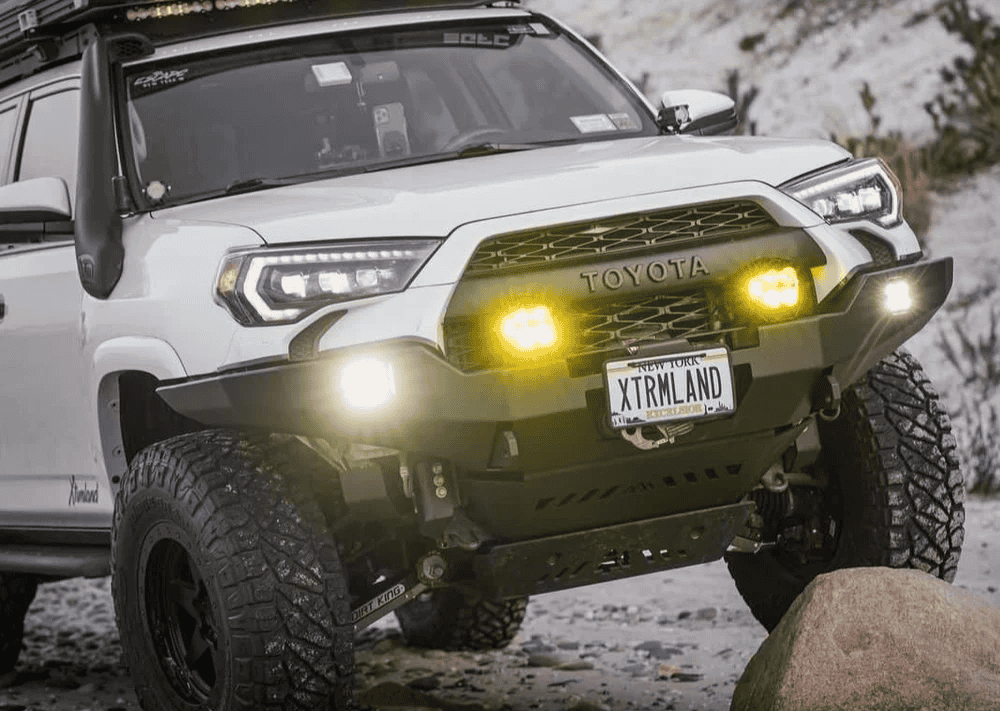Overland Vehicles

Picture a capable four wheel drive truck carrying a purpose built living habitat that can stay off grid for days while keeping people warm, fed, powered, and safe. That is the essence of an EarthRoamer style expedition vehicle. The foundation is usually a commercial grade chassis with high payload and strong axles. Above the frame sits a rigid, insulated cabin with a pass through to the cab. Everything inside is secured for travel, from water tanks to batteries, so the vehicle feels like a unified machine rather than a truck with cargo.
These vehicles start with platforms known for durability and service networks. Common choices include one and a half ton or medium duty trucks with four wheel drive, low range, locking differentials, and deep axle gearing. Shorter wheelbases help with breakover angles while wide track axles support stability. Wheel and tire packages often run from 37 inch to over 40 inch diameter to increase ground clearance and footprint. Suspension tuning balances load control with ride comfort, using progressive springs, air assist, or full air systems paired with high quality shocks.
The habitat favors strong, lightweight construction to keep weight down and resist flex. Many builders use composite panels or molded shells to create a sealed, four season envelope. Inside, expect a galley with induction cooking, a wet bath or cassette toilet, fixed or convertible bed, and real storage sized for tools, spares, and cold weather clothing. A cab pass through improves safety and convenience, and all cabinetry uses positive latches and reinforced mounts. Fresh and gray water tanks are mounted low and close to the center to preserve handling.
Weight is the constant constraint. Every component eats into payload and affects center of gravity. Overloading a chassis reduces braking performance, strains bearings and tires, and raises rollover risk on off camber tracks. Smart builds verify the gross vehicle weight rating, axle ratings, and tire load indexes with a scale ticket when complete. Weight distribution fore and aft matters as much as the total number. Recovery points, winches, and bumpers must be sized to the vehicle mass and installed with proper reinforcement.
Power systems transform the cabin from a tent to a home. Most expedition vehicles use a large lithium battery bank managed by a quality battery management system. Charging comes from rooftop solar, a high output alternator, and shore power when available. A pure sine inverter drives induction cooktops and outlets while twelve volt circuits handle refrigeration, lighting, and fans. For climate control, diesel or gas fired heaters sip from the main tank and deliver dry heat. Hot water can be on demand. Air conditioning for rest stops often depends on a generous battery bank and high efficiency units supported by alternator charging while you drive. Insulation, vapor control, and thermal breaks reduce condensation and keep temperatures steady.
Power design questions to answer early:
The appeal of an EarthRoamer style expedition vehicle is simple. You can cross seasons, stay off grid, and carry meaningful gear without sacrificing sleep or safety. Yet every choice is a trade. Larger trucks ride smoothly on highways, but their size limits tight trails, ferry fees, and some towns. Big tires add clearance but increase stopping distances and parts cost. Service access matters too. Building around common platforms improves the chances of finding parts in small cities.
Not everyone needs a heavy truck to go far. A well sorted overland van or lighter truck camper can cover long miles with less complexity and a lower running cost. The right answer depends on your travel goals, crew size, and comfort needs. If your plans lean toward mixed terrain and long stays off grid, a carefully engineered expedition build brings real value.
When it is time to design your own rig, work with a shop that understands payload math, electrical integration, and recovery planning. OZK Customs builds integrated overland trucks and vans with an emphasis on reliability and serviceability. Explore our overland rigs approach, review our custom overland upfit process, and see why choose OZK Customs for your expedition build.
Tell us where you want to go and what you need to bring. We will translate your route plan into a balanced system design that covers chassis, power, water, and storage without compromising safety. Schedule a spec session and pick up your completed rig in Fayetteville Arkansas, ready for shakedown miles and mountain trails.
We build:
Ready to plan an expedition grade rig tailored to your routes and gear? Tell us how you travel and we will map a clear, budget aligned build path with timelines and options. Submit the form to start your spec session with OZK Customs.
ADDRESS:
6159 E Huntsville Rd, Fayetteville, AR 72701
PHONE:
(479) 326-9200
EMAIL:
info@ozkvans.com